Can You Use A Kayak without A Fin? 7 Tips to Keep it Straight
Kayaking is an exhilarating and rewarding outdoor activity that can be enjoyed in a wide range of water bodies, from calm lakes to choppy oceans. However, navigating a kayak in a straight line can be challenging, especially for beginners.
While some kayaks come equipped with tracking fins to keep them moving in a straight line, not all kayaks have them. So, can you use a kayak without a fin?
You can use a kayak without a fin, but keeping it moving in a straight line may be more difficult. So, you will have to adjust your paddling technique and body posture to maintain direction and stability.
Keep reading to learn more about kayak track fins and how to properly navigate a kayak without them.
Table of Contents
What Is A Kayak Tracking Fin?
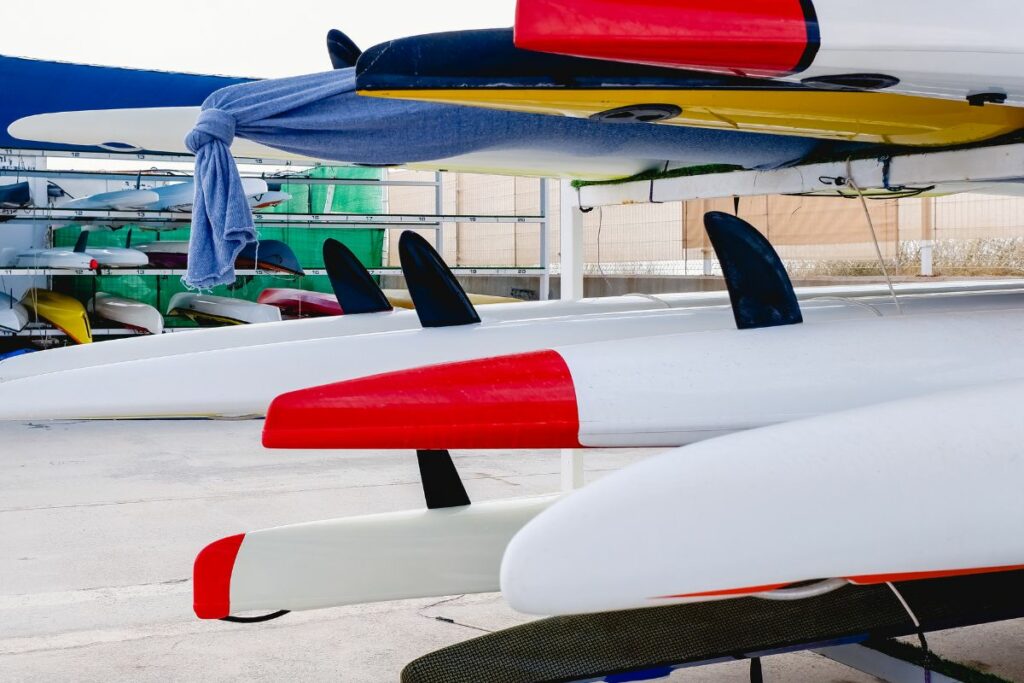
Kayak tracking fins are specialized appendages that are attached to the bottom of a kayak to improve its stability and directionality. These fins come in different shapes and sizes and are typically made of plastic, fiberglass, or carbon fiber.
The primary function of a tracking fin is to help the kayak maintain a straight course while paddling.
By providing resistance to sideways motion, the fin helps keep the kayak moving in a straight line and reduces the need for constant steering corrections. This is particularly useful when you’re paddling in choppy or windy conditions, where a kayak without a tracking fin can be difficult to control.
Another function of a tracking fin is to improve the kayak’s stability, as the fin provides an additional surface area to the bottom of the kayak, which increases its overall stability and helps prevent it from tipping over.
The Difference Between Tracking Fins, Skegs, and Rudders
While all three serve a similar function in improving a kayak’s directional control, kayak fins, skegs, and rudders are not exactly the same thing. Here is a brief explanation of each:
- Tracking fins: Tracking fins are attached to the bottom of a kayak and are typically designed to be fixed in place, so they cannot be moved or adjusted while paddling.
- Skegs: Skegs are similar to kayak fins but are typically longer and thinner. They are also designed to be retractable or removable, so they can be raised or lowered depending on the water conditions. You can learn more about where and how to add skegs to a kayak here,
- Rudders: Rudders are larger and more complex than skegs and are typically controlled by foot pedals. They are designed to be adjustable while paddling and can be used to turn the kayak, maintain directional control, or compensate for wind or current.
Which Kayaks Have Fins?
Many kayaks designed for touring, sea kayaking, or recreational paddling have tracking fins. These kayaks are typically longer and narrower than other types of kayaks and are designed for longer-distance paddling and improved directional control.
Some kayak models, such as the Wilderness Systems Tsunami or the Perception Tribute, come with built-in tracking fins or skegs, while others may have removable or retractable fins. Some kayaks also have multiple fins, which can provide additional directional control and stability.
Can You Use A Kayak Without A Fin?

You can use a kayak without a fin; while tracking fins can be very useful, they are not always necessary, and some kayaks are designed to be used without them. However, paddling a kayak without a fin may require more effort and frequent steering corrections in certain water conditions, such as windy or choppy water.
How to Use A Kayak without A Fin?
Using a kayak without a tracking fin requires proper paddling technique and body position to maintain directional control and stability.
Here are some tips for paddling a kayak without a fin:
- Sit up straight: Proper posture is key to maintaining control of the kayak. So, try to sit up straight with your back supported against the seat, and avoid slouching or leaning to one side.
- Use proper paddling technique: Use a symmetrical paddling technique, alternating strokes on both sides of the kayak to maintain forward momentum. Keep your paddle close to the kayak and make small, controlled strokes.
- Use a low-profile paddle: A low-profile paddle can help reduce the amount of wind resistance and improve your ability to maintain directional control in windy conditions.
- Adjust paddle angle: Make slight adjustments to the angle of the paddle to maintain a straight course. Angle the blade slightly toward the direction you want to go to correct course deviations.
- Use body weight to steer: Lean slightly to one side or the other to turn the kayak. This can be particularly effective in calm water conditions.
- Use waves and currents to your advantage: In choppy or fast-moving water, use the natural motion of the waves and currents to help steer the kayak. Lean into the waves to maintain stability and use eddies and currents to help guide the kayak.
- Practice in calm water: If you’re new to kayaking or don’t have experience paddling without a fin, it’s a good idea to practice in calm water first. This can help you get a feel for how the kayak handles and develop your technique before tackling more challenging conditions.
With practice and the right technique, you can enjoy a fun and stable paddling experience without the need for a fin. You can learn more about the ways you can improve your kayak’s tracking here.
When Do You Need to Use A Kayak with A Tracking Fin?
There are certain conditions where you may need to use a kayak with a tracking fin.
For instance, when paddling in crosswinds or choppy waters, your kayak can be pushed off course and become difficult to steer, so a tracking fin will be necessary to counteract the effect of the wind and current to keep the kayak on course.
Additionally, a kayak with a tracking fin may be more suitable when paddling long distances, as it will require less effort required to maintain directional control, which can help you conserve energy and prevent fatigue.
Ultimately, the choice of whether to use a kayak with a tracking fin or not depends on the specific kayak design, water conditions, and personal preference of the kayaker.
Some kayakers may prefer a more maneuverable kayak that does not have a fin, while others may choose a kayak with a fin to improve stability and directional control.
It’s important to do your research and understand the specific features and design of your kayak before purchasing or using it to ensure the best possible kayaking experience.
Kayak your way to Freedom
- On a budget? Check out the best fishing kayaks under $500 here and the best Fishing Kayaks under $1,000 here. Or Check the best Cheap Kayaks here.
- Going fishing? Here are the best Ocean fishing kayaks, and here are the best River Fishing Kayaks.
- You can also find the best Fly Fishing Kayaks here and the best Bass Fishing Boats here.
- A bit experienced? Check out the best modular kayaks here and the best tandem fishing kayaks here.
- Looking for something special? Check out my favorite Ducky kayaks here.
- Navigate your way with these awesome and beginner-friendly Kayak compasses.
- Going Hunting? These Duck hunting kayaks will give you an unfair advantage!
- Have a need for speed? These motorized kayaks will get you moving.
- Protect yourself from the sun with these Kayak shades, and make your kayak more comfortable with these Kayak seats.
- Keep your feet dry and warm with these superb Kayaking shoes.
- Going Kayaking in cold water? Stay warm with these Kayaking gloves.
- Paddle Less, Fish More with the Best Kayak Motors
- Looking to get a trolling motor on your kayak? Check out the best kayak trolling motor mounts here.
If you like this article, please share it or pin it, you can find the share buttons below. We will really appreciate it ❤️

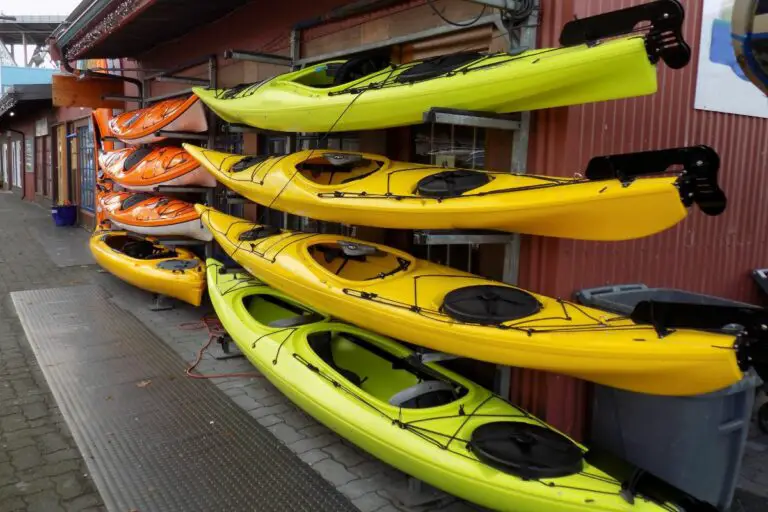
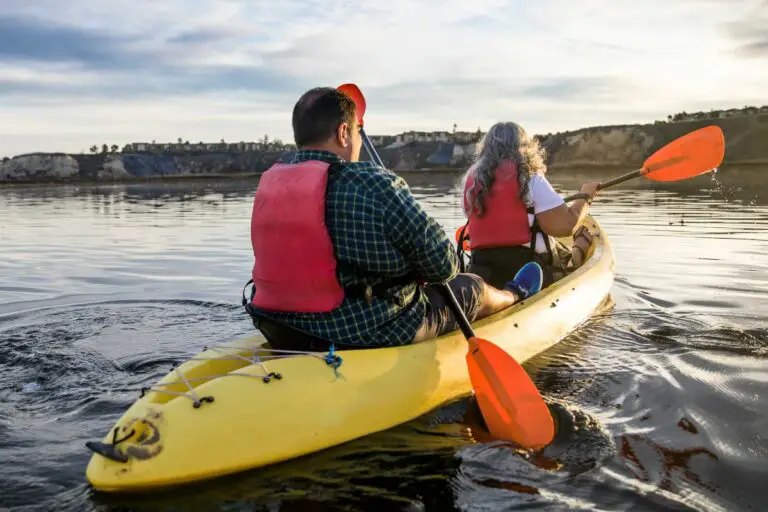

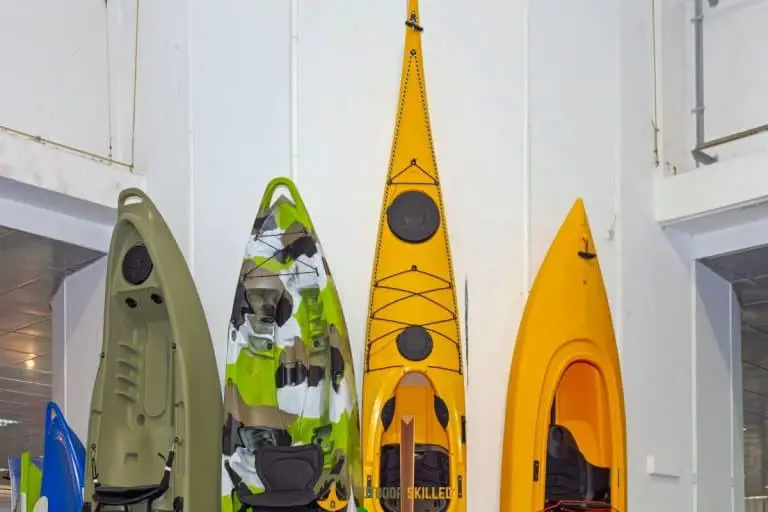
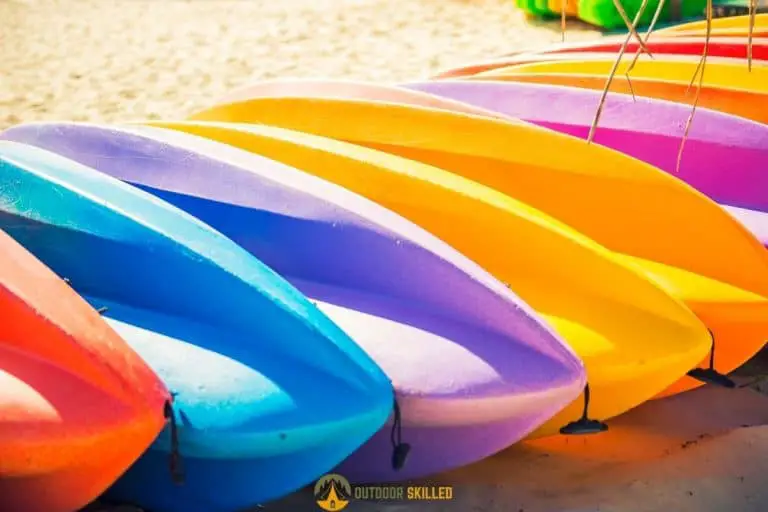
![The 5 Best Duck Hunting Kayaks Tested & Reviewed By Hunters [2023]](https://outdoorskilled.com/wp-content/uploads/2021/07/duck-hunting-kayaks-featured-768x512.jpg)
